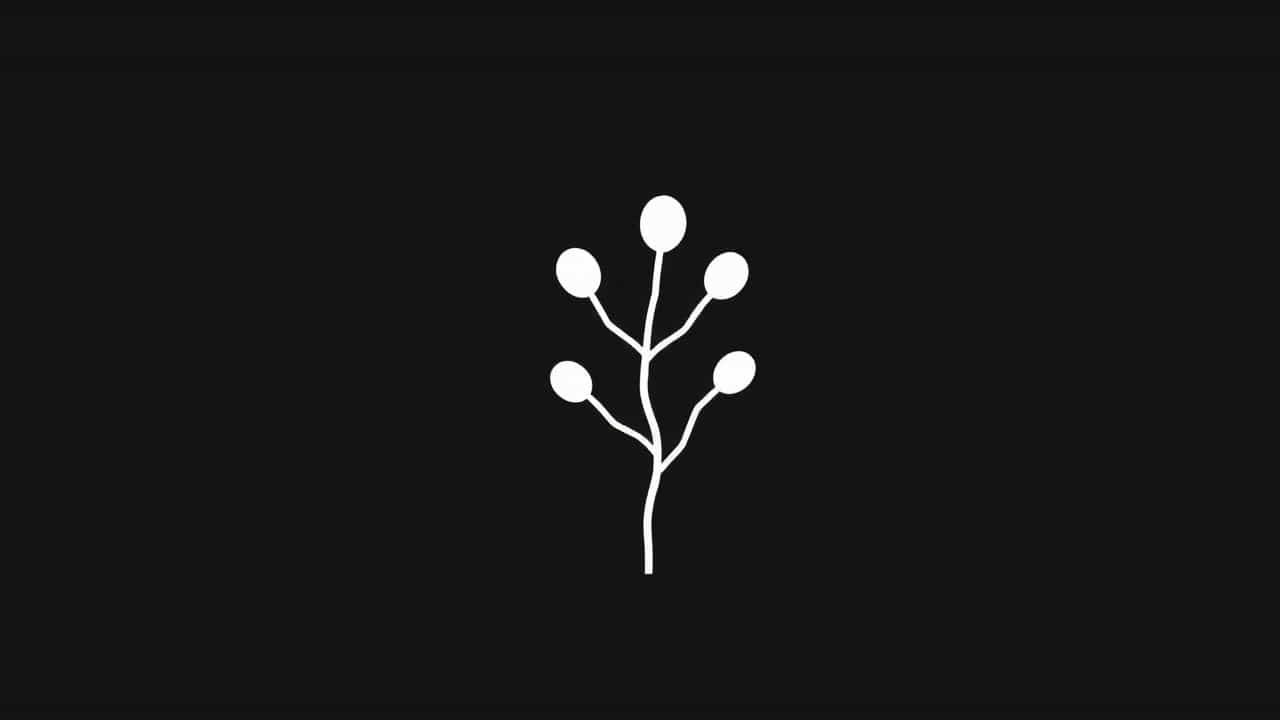Yaws is a chronic bacterial infection that primarily affects the skin, bones, and joints. It is most common in warm, humid tropical regions, particularly in Africa, Asia, South America, and the Pacific Islands. The disease mainly affects children under 15 years old and spreads through direct skin contact.
What Causes Yaws?
The organism responsible for yaws is Treponema pallidum pertenue, a spirochete bacterium closely related to the bacteria that cause syphilis (Treponema pallidum pallidum). However, unlike syphilis, yaws is not sexually transmitted and is spread through skin-to-skin contact with infected sores.
Characteristics of Treponema pallidum pertenue
1. Spiral-Shaped Bacterium
Treponema pallidum pertenue is a spirochete, meaning it has a helical or corkscrew-like shape. This allows it to move easily through body tissues.
2. Difficult to Culture in Laboratories
Unlike many other bacteria, Treponema pallidum pertenue cannot be grown in standard laboratory cultures, making research and diagnosis more challenging.
3. Closely Related to Other Treponema Species
This bacterium is genetically very similar to the bacteria that cause syphilis and bejel (another treponemal disease), but each has different modes of transmission and symptoms.
How Is Yaws Transmitted?
Yaws spreads through direct contact with the skin lesions of an infected person. The bacteria enter the body through cuts or abrasions, leading to infection and the development of sores.
-
It is not spread through insect bites or contaminated water.
-
It mainly affects children in rural communities, where hygiene and healthcare access may be limited.
-
Crowded living conditions and warm, humid climates create an ideal environment for transmission.
Stages of Yaws Infection
Yaws progresses through three distinct stages, similar to syphilis but without sexual transmission.
1. Primary Stage: Initial Lesion (Mother Yaw)
-
Appears 2-4 weeks after exposure.
-
Begins as a small, painless bump (papule), usually on the legs, arms, or face.
-
Develops into a larger ulcer (mother yaw) with a yellow crust.
-
Highly contagious at this stage.
-
Heals in 3-6 months but may leave scars.
2. Secondary Stage: Skin and Bone Involvement
-
Occurs weeks to months after the primary lesion heals.
-
New skin sores and lesions appear, especially on the face, arms, and legs.
-
Bone pain, joint swelling, and deformities may develop.
-
This stage is also highly infectious.
3. Tertiary Stage: Severe Complications
-
Affects 10% of untreated cases after several years.
-
Can cause permanent bone and joint deformities, including saber shins (curved tibia) and gangosa (destruction of the nose and upper jaw).
-
Rarely, it may affect the nervous system.
Diagnosis of Yaws
Yaws is primarily diagnosed based on clinical symptoms and physical examination. Laboratory tests may help confirm the diagnosis.
1. Clinical Examination
-
Presence of typical skin lesions.
-
History of living in or traveling to endemic areas.
-
Examination of family members for similar symptoms.
2. Serological Tests
-
Rapid Plasma Reagin (RPR) or Venereal Disease Research Laboratory (VDRL) test: Detects antibodies but cannot distinguish between yaws and syphilis.
-
Treponemal tests (TPHA, FTA-ABS): Confirm a treponemal infection.
3. Polymerase Chain Reaction (PCR) Test
-
Detects Treponema pallidum DNA from skin lesions.
-
Differentiates yaws from syphilis.
-
Used mainly in research settings.
Treatment of Yaws
Yaws is curable with antibiotics, and early treatment prevents long-term complications.
1. Single-Dose Azithromycin (Preferred Treatment)
-
One oral dose (30 mg/kg, up to 2g) effectively cures yaws.
-
Replaces benzathine penicillin, which requires injections.
-
Easier to administer in mass treatment campaigns.
2. Penicillin Injections (Alternative Treatment)
-
Benzathine penicillin G (600,000-1.2 million units IM).
-
Effective but requires trained healthcare workers for administration.
-
Used when azithromycin is unavailable.
Prevention of Yaws
Eliminating yaws requires mass treatment efforts and improved hygiene practices.
1. Mass Drug Administration (MDA)
-
Treating entire communities with a single dose of azithromycin.
-
Recommended by the World Health Organization (WHO) as part of the Yaws Eradication Strategy (Morges Strategy).
-
Has significantly reduced cases in endemic regions.
2. Early Detection and Treatment
-
Identifying cases early to prevent spread.
-
Treating household and close contacts of infected individuals.
3. Improving Hygiene and Living Conditions
-
Encouraging regular handwashing and bathing.
-
Educating communities about wound care and infection prevention.
-
Reducing overcrowding and improving access to clean water.
Is Yaws Eradication Possible?
Yaws is one of the few infectious diseases targeted for eradication. The WHO aims to eliminate yaws by 2030 using mass treatment campaigns.
-
Similar strategies eliminated yaws in the 1950s and 1960s, but cases resurged due to lack of follow-up.
-
Modern antibiotic treatments and surveillance programs make eradication more achievable today.
-
Continued global efforts are essential to reach this goal.
Yaws is caused by Treponema pallidum pertenue, a bacterium that spreads through direct skin contact in warm, tropical regions. Although it can lead to serious skin and bone deformities, yaws is completely curable with a single dose of antibiotics.
Efforts to eliminate yaws through mass drug administration, early detection, and improved hygiene have shown great success. With continued commitment, yaws could become one of the few bacterial diseases completely eradicated from the world.
